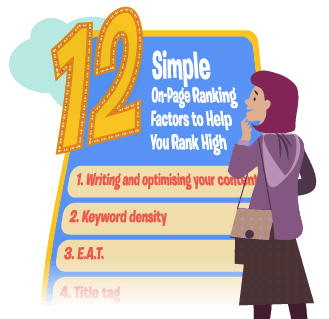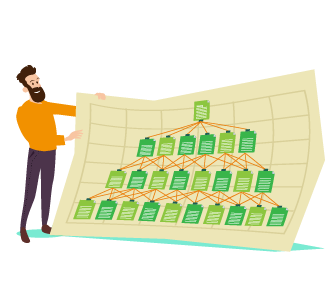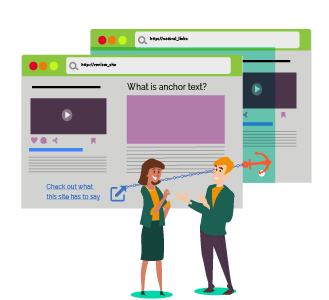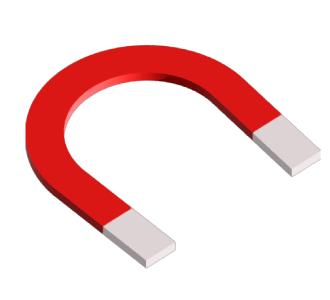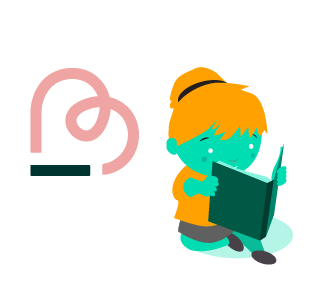SEO can sometimes feel like a losing battle. With over 3,000 updates on Google alone in the past year, it can be hard to keep up with the latest updates and work out what it takes to rank highly.
Well-optimised sites grow their site traffic over time. This results in an increase of leads and sales, assuming you are aligning your content correctly.
Without well-optimised pages, searchers won’t be able to find your website. And then any effort you’ve put into creating content will be wasted.
Therefore, if you want to improve your article rankings, then you need to ensure your on-page seo is up to industry best practices.
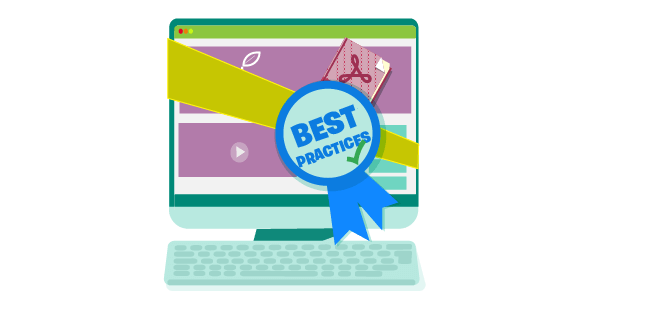 We have condensed these crucial requirements into a handy list for you. Here are 12 of the most important and simple on-page ranking factors you can implement:
We have condensed these crucial requirements into a handy list for you. Here are 12 of the most important and simple on-page ranking factors you can implement:
12 On-page Ranking Factors to Consider
With so many different on-page ranking factors to consider, it can be hard to know which to focus on. Here are 12 to get you started.
1. Writing and optimising your content
The written content on your pages is your content’s most important asset.
Your content is what makes your webpage worthy of ranking in search engine results at all.
Put simply, if your pages are not filled with high-quality and relevant content, then your pages won’t even be considered within the rankings.
Your content is what visitors are coming to see.
It’s important that you consistently create emotive and actionable content. It should be shareable and solve a key customer issue.
Your content also needs to satisfy the needs of your reader. Put them at the forefront of your mind whenever you plan or write content.
A good example of written content which supplies demand is Wikipedia. Wikipedia contains extensive information which is highly relevant and extremely detailed. It is no surprise that Wikipedia has a domain authority score of 97.
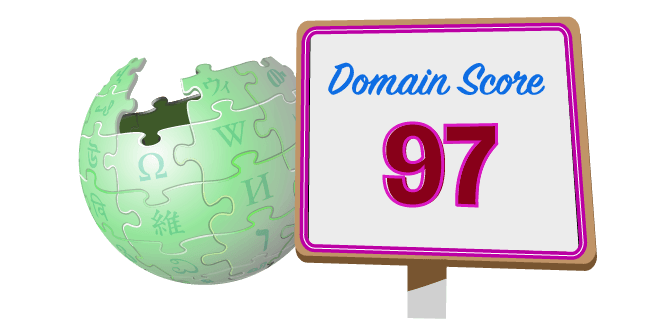 Therefore, you need to work out new ways to constantly improve your content. Your articles shouldn’t be one-offs, look for ways to improve them over time.
Therefore, you need to work out new ways to constantly improve your content. Your articles shouldn’t be one-offs, look for ways to improve them over time.
Go over old blog posts, rewrite and edit them so Google can see you are constantly improving your content. Over time, Google will slowly adjust your rankings for that article to match the changes you have made.
2. Keyword density
We’ve talked a lot about optimising content with keywords and its importance in SEO ranking factors.
Search engines rely on keywords. These are the words and long-tail phrases users search for when looking for information. And they determine which pages users are sent to. They’re also the keywords and phrases which probably describe what your website is about.
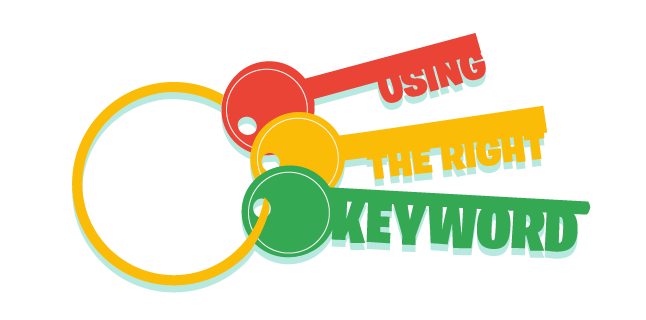
To ensure you can connect with searchers who are interested in your website’s content, make sure your keywords match up with the user’s searches.
That’s why it’s important to pepper keywords throughout your content that are relevant to what your content is about.
However, SEO keywords aren’t the only way to get your content ranking highly. In fact, if you only depend on optimising on-site SEO then it is unlikely you will reach the top spots in search rankings.
Search engines adapt and constantly update their algorithms. This means they are becoming harder and harder to rig.
Today, they want to deliver a quality user experience, rather than purely relying on keyword instances.
One of the ways search engines have adapted is the introduction of latent semantic indexing keywords (LSI).
These are terms and phrases related to the main keywords users are looking for. Search engines can learn to associate these words to guarantee users are being provided with the correct content.
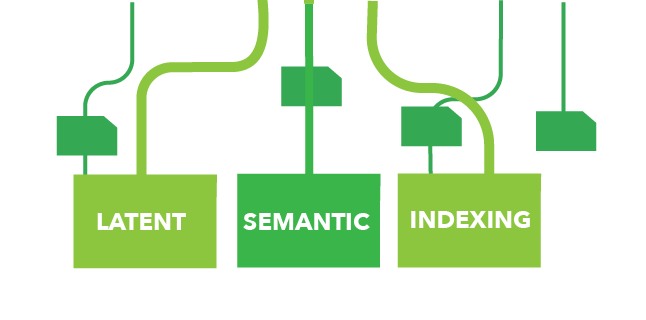
This means that rather than simply including keywords in your content, search engines now look to see if your content is relevant to the searcher’s intent. They also measure whether you can deliver valuable and engaging information.
Therefore, all the SEO content you write needs to focus on providing relevance to a visitor. In addition, pepper keyword matches and LSIs throughout to ensure you’re reaching those individuals.
Keywords need to be used consistently throughout your content. Be sure to use synonymous words where possible for variation.
3. E-A-T
A few years ago, Google rolled out its rather aptly named ‘medic’ update, which emphasised the importance of expertise, authority and trustworthiness (E-A-T) in a webpage’s rankings.
The aim of this update was to improve user experience and ensure quality content was also relevant and matched what users were looking for.
We know that everyone uses the internet as a means to find answers to their queries. Therefore, the job of a search engine is to provide users with the most up-to-date and accurate information possible.
So, as well as focusing on what the page’s content is all about, search engines now focus on trying to understanding who is sharing it by using E-A-T:
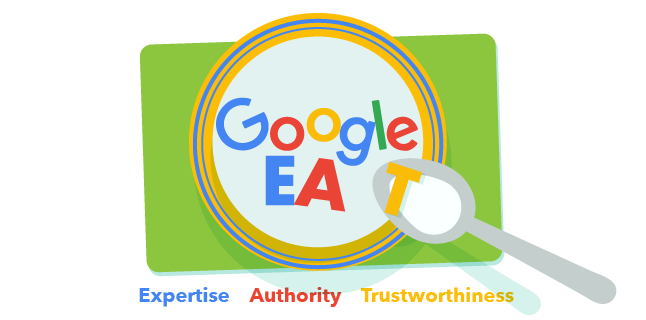
- Expertise: Does the author have knowledge of the query?
- Authority: Is the author the best source to answer the question?
- Trustworthiness: Is the author honest, authentic and unbiased?
Though we don’t know the exact algorithm for E-A-T, there are a few things you can do to increase your chances of ranking.
These include:
- optimising pages to align with searcher intent;
- creating an ‘about us’ page;
- and creating accurate, unbiased content.
4. Title tag
A title tag is a piece of HTML code which wraps up the title of your webpage and displays it on search engine results pages (SERPs).
Also referred to as meta title tags, they are a major indicator in helping search engines and internet users to understand what your webpage is about, and so should be an accurate and concise description of your page’s content.
Though there’s no precise character limit, most search engines only display the first 50-60 characters of a title tag.
Therefore, you want to keep your title short without cutting off too much of your description. It’s important to incorporate some of your target keywords into your title tag. These function to tell search engines how relevant your webpage is as a result in a search query.
The search engine will index your page for that particular search term and rank your content accordingly.
5. Meta description
A meta description is another piece of HTML code displayed on SERPs which provides a brief summary of a webpage’s content.
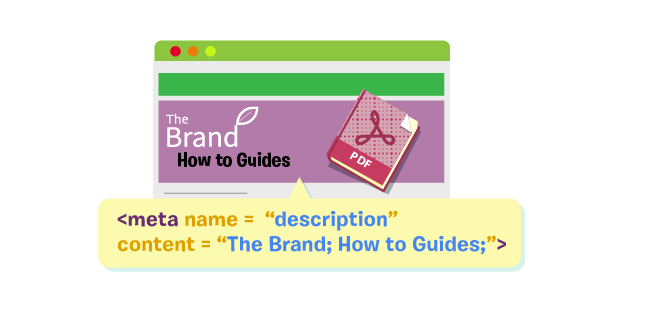 Meta descriptions can be a major influence in click-through rates. So you should always ensure you write a descriptive summary with a compelling call to action. It’s your small area of virtual real estate where you can tell visitors what your page is about and why it’s relevant to their search query.
Meta descriptions can be a major influence in click-through rates. So you should always ensure you write a descriptive summary with a compelling call to action. It’s your small area of virtual real estate where you can tell visitors what your page is about and why it’s relevant to their search query.
A few years ago Google announced that meta descriptions nor the keywords embedded in them had an impact on ranking factors.
However, optimising meta descriptions are still incredibly important in your ability to rank well. Meta descriptions have influence on a page’s click-through-rate.
For this reason, it’s important you spend some time into making sure they’re the best they can be.
6. Header tags
Header tags are another HTML attribute which are used to differentiate main headings (h1) and subheadings (h2-h6) on a page of content.
In SEO terms, there are two main purposes of using header tags. These are:
-
- To make the page more readable – Content is divided into appropriate headed sections, making it easier for both humans and search engine bots to read and understand what your webpage is about.
- To make the page more relevant – When search engines look at a page’s relevance to a user, the words wrapped in the header tags are weighted higher and treated as a priority. And so, you should always try to incorporate your target keywords into them. This will ensure your page is optimised to reach your target audience.
Working on a top-down hierarchy, in HTML coding you want to ensure that you list your headings in a chronological format and don’t skip any of the tag numbers.
If you do, the structure will break, which could cause implications for your page’s ranking as bots struggle to read your text.
7. Image optimisation
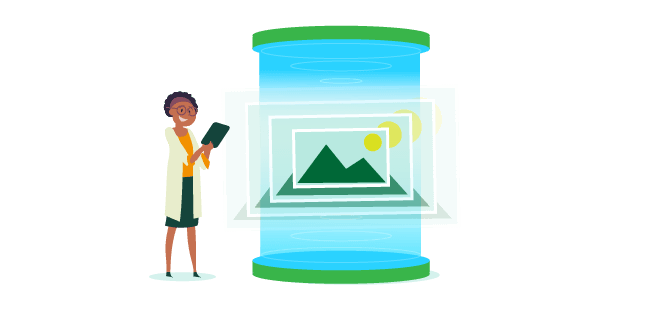 Text searches are no longer the only way people are searching for answers to their queries. Sometimes, internet users are looking visually to find answers in content which surrounds an image.
Text searches are no longer the only way people are searching for answers to their queries. Sometimes, internet users are looking visually to find answers in content which surrounds an image.
It’s estimated that around 10% of all search queries are currently being done via image search engines. And so, it’s important to optimise your images to ensure you’re not missing out on potential visitors to your website.
One of the main ways to optimise your images for SEO is to make use of alt tags.
Alt text (alt tags), another form of HTML code, is used to describe the appearance and function of an image on a page.
Should your image fail to load, or your web page is accessed by individuals using screen readers, alt text supplies a short description of the image so users can understand what it is and its function.
Aside from improving the user experience, alt tags are also used to provide search engine crawlers with an image’s context, this helps them to index it properly.
Therefore, you want to ensure you include your target keyword, as well as an accurate description to make sure your image can reach the right people if they’re searching visually.
Another way to optimise your images for SEO is to reduce the time they take to load.
Page loading speeds have a significant impact on your ability to rank well (more on this later). One of the factors that can slow your loading speeds is image type and their file size.
When you include images on your page, only upload the size you need to use. Avoid large files which will take browsers time to compress and display.
Failing to do so may lead to lots of frustrated users on your hands, as well as a high bounce rate. Not good for your chances of ranking highly.
8. URL structure
A page’s URL is the first thing Google will see when indexing, and it’s important to get them right. URL structure involves both accessibility and usability factors used alongside SEO.
There’s no one-for-all approach when it comes to URL structure, but there are a few key rules which you should follow so that you can get the best out of page URLs and set your on-page SEO up for success:
Use keywords
It is highly recommended that you use keywords in your URLs wherever possible. Using descriptive and relevant keywords in your URL helps crawlers find your page and discover what it’s about.
Keep URLs short
Research has shown that there is a correlation between shorter URLs and higher rankings in search results. You can omit words such as “and”, “or” and “the”; Google can still understand what a URL means without them.
Avoid keyword repetition, too, and use hyphens to separate words.
Stay close to the root
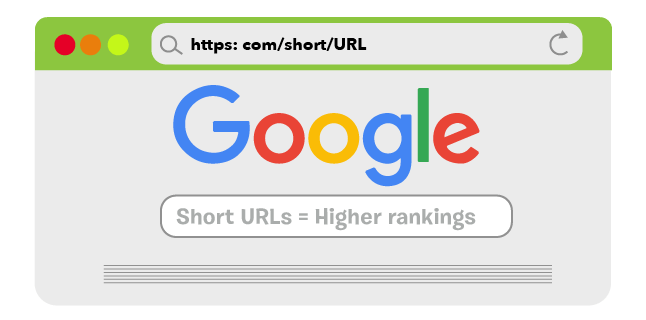 A root domain is the structure which contains subdomains and folders (for example, blog.website.com or website.com/blog). It is important that your URLs stay as close to this as possible as this has an impact on page depth, which is a ranking factor.
A root domain is the structure which contains subdomains and folders (for example, blog.website.com or website.com/blog). It is important that your URLs stay as close to this as possible as this has an impact on page depth, which is a ranking factor.
Look at all of the URLs your pages are using and think about whether you could make them shorter. Or include some keywords.
Here’s a few examples to visualise what good and bad URLs look like –
- com/homeware/bedroom/pillows
- com/dining-chairs.html
- com/dining/seating
These are all good examples. They use descriptive keywords and the URLs are kept short and sweet. Some of these URLs categorise and nest pages, whereas others get straight to the point. In contrast, bad URLs look like this –
- com/?p=1204
- com/kitchenseating
- com/dining_chairs
The first example uses permalinks which cannot be read by either Google or a potential visitor.
The second doesn’t split up the keywords, and the third uses an underscore which also cannot be read.
9. Page loading speed
For years, search engines have cited page speed as being one of the leading SEO ranking factors.
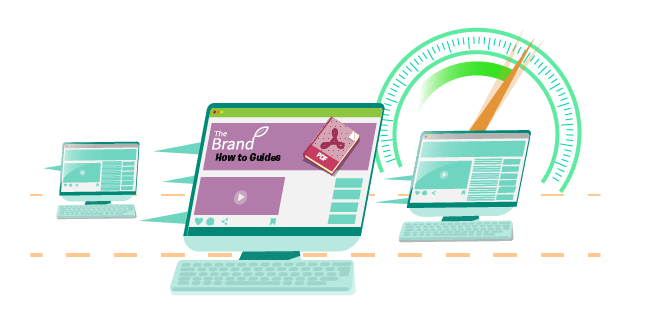 If your webpages are slow, users will get frustrated and leave. They don’t want to sit around forever waiting for your pages to load.
If your webpages are slow, users will get frustrated and leave. They don’t want to sit around forever waiting for your pages to load.
It’s estimated that an average bounce rate for pages loading within 2 seconds is 9%. However, once this load time surpasses 3 seconds, the bounce rate spikes to a whopping 38%.
Search engines always want to improve a user’s experience online and so, fast-loading webpages will always be prioritised in their SERPs.
Fast loading speeds also help bots to crawl and index your pages easier, again, making it easier to rank highly.
Page speed affects both desktop and mobiles, so you want to ensure you’re optimising your site for all devices.
Helpful hint – Google even has a testing tool which can show you how well your site performs on mobile.
There are a few ways you can speed up your page’s loading speeds including; compressing file sizes (including images); optimising your code; and, using a reliable host with a good server response time.
10. Links
Links are hugely important for SEO, with internal, inbound and outbound links influencing a page’s rankings within SERPs.
Let’s take a look at them in more detail:
Internal links
Internal links are hyperlinks from one page on your website to another page on your website (under the same domain name).
Linking internally can help tie your pages together for your visitors, giving value to each page. If you link from one page to another, you are helping visitors find other relevant information.
This in turn, increases your reputation as an authority in your field, which helps with search engine rankings.
As you progress with your content marketing and create new content for your website, you want to build a solid network of internal links, allowing your pages to support one another. Especially if you have a page which already ranks highly.
It’s like being at the top of a mountain and pulling your friends up to see the view. Your website will only perform well if all your pages pull together and work as one.
Inbound links
Inbound links are very valuable to your website. Commonly referred to as ‘backlinks,’ these are hyperlinks from other websites to yours, offering your site some credibility.
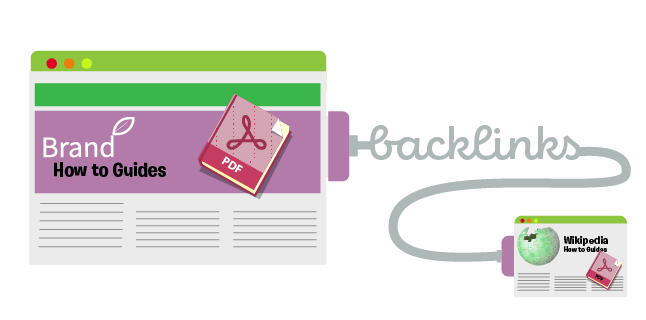 Search engines use inbound links as one way of determining how relevant your content is and how authoritative you are on a topic.
Search engines use inbound links as one way of determining how relevant your content is and how authoritative you are on a topic.
If you can get backlinks from high-quality websites, that tells Google that you’re clearly a knowledgeable and authentic source of knowledge.
Though you can’t do anything on-page to help gain inbound links, you can create some killer content that other websites are going to want to share. In the words of Bill Gates, always remember that ‘content is king.’
Outbound links
Just as you want other websites to link to relevant and informative content on your website, you always want to make sure that you’re always delivering quality content to your visitors.
And this means using outbound links to other relative and authoritative sites within your niche.
You should include links to reliable sources with high domain authority, as this can help with your rankings.
But don’t just stuff links in your webpage to boost your site. It will appear spammy, and you won’t be encouraging anyone to stay on your site.
11. User experience
As with anything in business, you should always put your customers first. And the same rings true for content marketing.
For a while now, Google has implemented a core part of their algorithm called RankBrain to better rank pages. Using artificial intelligence to determine how relevant search results are to users.
RankBrain looks at:
- Click-through rates: the percentage of people who visit your website from search results
- Bounce rate: the number of people who land on your page and then quickly leave to go back to the search results
- Time on page: how long visitors stay on your site
- Content freshness: how new your content is. After all, users don’t want to be getting the best Netflix recommendations from three years ago.
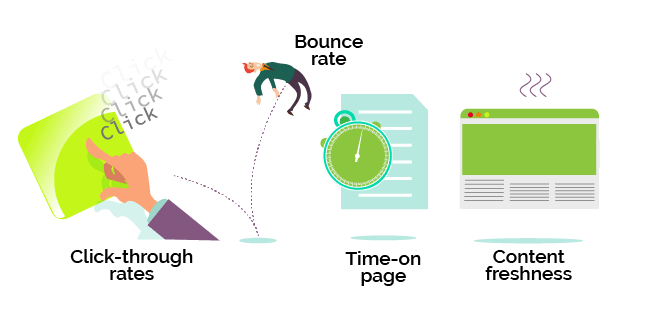 If your website has a high click-through rate with users spending sufficient time on your page, it indicates to the search engine that your content is matching the visitor’s search query.
If your website has a high click-through rate with users spending sufficient time on your page, it indicates to the search engine that your content is matching the visitor’s search query.
In contrast, if your website has a high bounce rate and low time spent on page, then it’s a good indicator that your content isn’t relevant to what the user was searching for.
12. Use different types of media to connect to customers
Using lots of different types of media on your pages doesn’t just help engage visitors to your website, but it helps rankings too.
Research has shown that sites which use properly optimised media – i.e. media which is relevant, custom-made and optimised for display on their websites – generally rank higher in search engines.
Not only this, but sites using high-quality and relevant media are more likely to appear in rich snippets within search engine results. This in turn improves Google’s semantic search results. If successful, Google will show your content as the most relevant search result according to user intent.
If you can create high-quality, targeted and engaging content which centres around your target audience’s search query, then you’re likely to increase your site traffic.
When combined with great technical optimisation, including fast loading speeds, good URL structure and clearly labelled tags, you’ll be satisfying your visitor’s experience and increasing your chances of ranking highly.
Need help with getting your optimisation up-to-scratch?
Although the factors I outlined in this article are relatively easy to implement, they can take some time to do. Especially if you already have an established website which needs a lot of its content reviewed.
That’s where a marketing consultant could help you.
Working together, we can identify an actionable and achievable plan that will make sure your website is fully optimised and in the best place possible to rank highly. Allowing you to focus on other essential parts of your business.
If this sounds like something that may be of interest to you, why not get in contact today for an obligation-free chat. I’d love to hear more about your company and what your goals for online are.
